It is one of the largest seventeenth- and eighteenth-century architectural complexes in Genoa, with reception halls complete with frescoes, stuccoes, paintings, sculptures, furniture and furnishings that belonged to the noble and royal families who inhabited it, but managing the impressive heritage of the Palazzo Reale (with the recent MiC reorganization renamed, along with Palazzo Spinola, Musei Nazionali di Genova) requires more than architects, restorers, art historians and engineers. There is also a need for new professionals, such as experts in fundraising, promotion, social media and graphic designers. Alessandra Guerrini, who runs the grand patrician mansion purchased by the Savoy family in 1824 and then given to the Italian state in 1919, is convinced of this. And the other directors heard in previous installments would probably agree as well. Because staffing remains one of the main problems of autonomous museums. Even of the new ones. Even of those who have passed into the A series (first tier). An easy prediction, confirmed in previous interviews by three of the four “promoted” directors: Cecilie Hollberg for the Gallerie dell’Accademia, Paolo Giulierini for the Mann and Paola D’Agostino for the Bargello. A promotion that was certainly deserved, but of which, apart from words of a generic success spent by Minister Sangiuliano, we do not know the objective parameters that made the choice fall only on these and not on others also in the second tier.
And if the large state museums are to have an increasingly managerial feel, “it is not appropriate for them to become self-referential monads,” warns Guerrini, however, who also heads the management observatory of the Regional Museums Directorate of Liguria, which works under pre-autonomy rules. Especially with regard to the economic management of staffing, which must be maintained, she argues, always at the level of the central administration: if at the Ministry the model that is looked at in perspective is that of the Foundation, the director points out that it is precisely on the personnel front that it does not work. On the other hand, the relationship of the director with the co-governance bodies (board of directors, scientific committee and board of auditors) also works for this institution, compared to the early years of the reform when there was uncertainty in the distinction of functions. For the director, autonomy should also be extended to regional museum directorates, envisioning network structures with autonomous museums.
Among the activities carried out in these years of autonomous regime are the creation of a “digital twin” of the Royal Palace; significant purchasing policy for the National Gallery of Liguria at Palazzo Spinola; and user loyalty also through tourist cards with the municipality. In addition to major restoration sites, for which for Guerrini “the time would be ripe to totally free museums from the Superintendencies by assigning them also the protection of real estate.” And if numbers are given (of visitors...) let them at least be “proportionate to the square meters!”
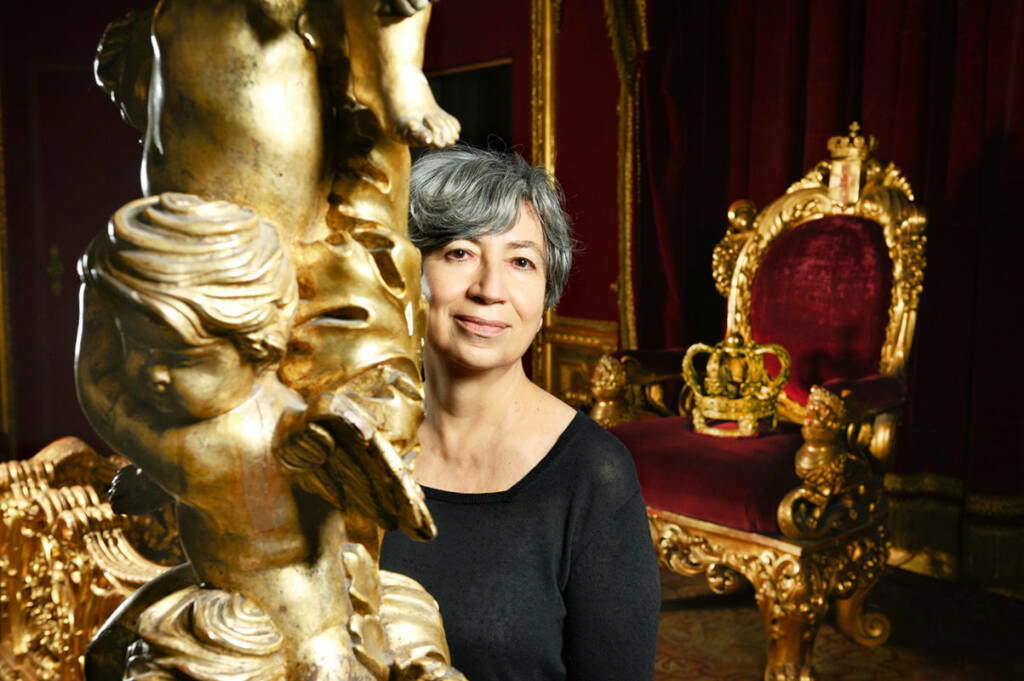
MS. There are two different degrees of autonomy: general and non-general management level museums. In what does the difference consist? What does it entail that the Royal Palace of Genoa is subject to the powers of direction, coordination and control of the Museums Directorate?
AG. I think the difference envisioned at the beginning of the reform distinguished museums by importance of collections and number of visitors. Now the time would be ripe to revisit those distinctions at least for some museums that have grown a lot over the years and/or underestimated from the beginning, such as the Royal Museums of Turin. That the Royal Palace of Genoa is subject to the DG Museums does not entail any particular problem, indeed a positive discussion with colleagues and the Director General.
The Ministry remains to various degrees involved in the decision-making process. In your opinion, would it be appropriate or, on the contrary, deleterious to take a further step by granting full autonomy to these “special” institutes? Financial autonomy includes, in fact, the management of revenues flowing to its budget, but does not include personnel-related expenses, the allocation of which is attested to the central administration. Would the Institute he heads be able to cover salaries as well?
I personally believe that autonomy must be balanced by a central overarching vision, by general directors who are technicians with vision. It is not appropriate for large national museums to become self-referential monads. As for financial autonomy, the institute would not be able to cover personnel expenses from its own funds. And even the allocation of funds would only serve to burden the structure with other tasks, since the system of rules by which personnel are managed has always been decided at the center. The rules of organization are laid down in national union bargaining; to have true autonomy one would have to move to private management of labor relations. Where this has happened, for example with the transition of some facilities to Foundation, the vast majority of staff did not want to stay.
Speaking of staff, is it understaffed? Would it be preferable for the director to indicate to the central administration the professional figures according to the technical-operational needs he needs?
The staff is under-organized by 40-50% in most positions. Interlocution with the Central Administration for the definition of staffing plans is there, but the issue is that national contracts and the definition of professional profiles still do not provide for many of the newer professional figures that museums would need (legal, experts in fundraising, promotion, social media, graphic designers, etc.). It would be highly appropriate for MIC to pioneer these matters, as it would have a positive trickle-down effect for all other museums as well.
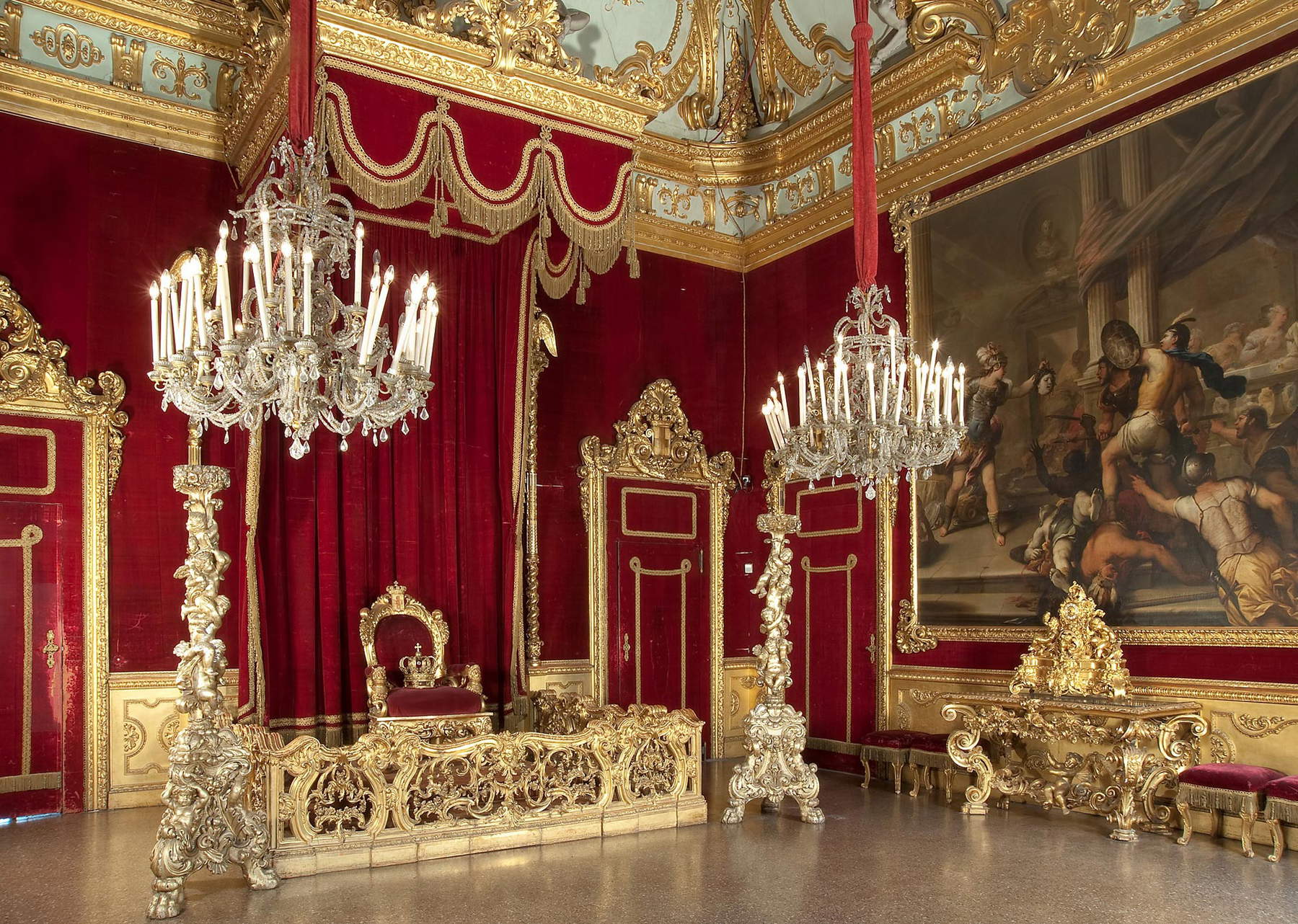
 Royal Palace,
Royal Palace, Royal
Royal Royal Palace,
Royal Palace,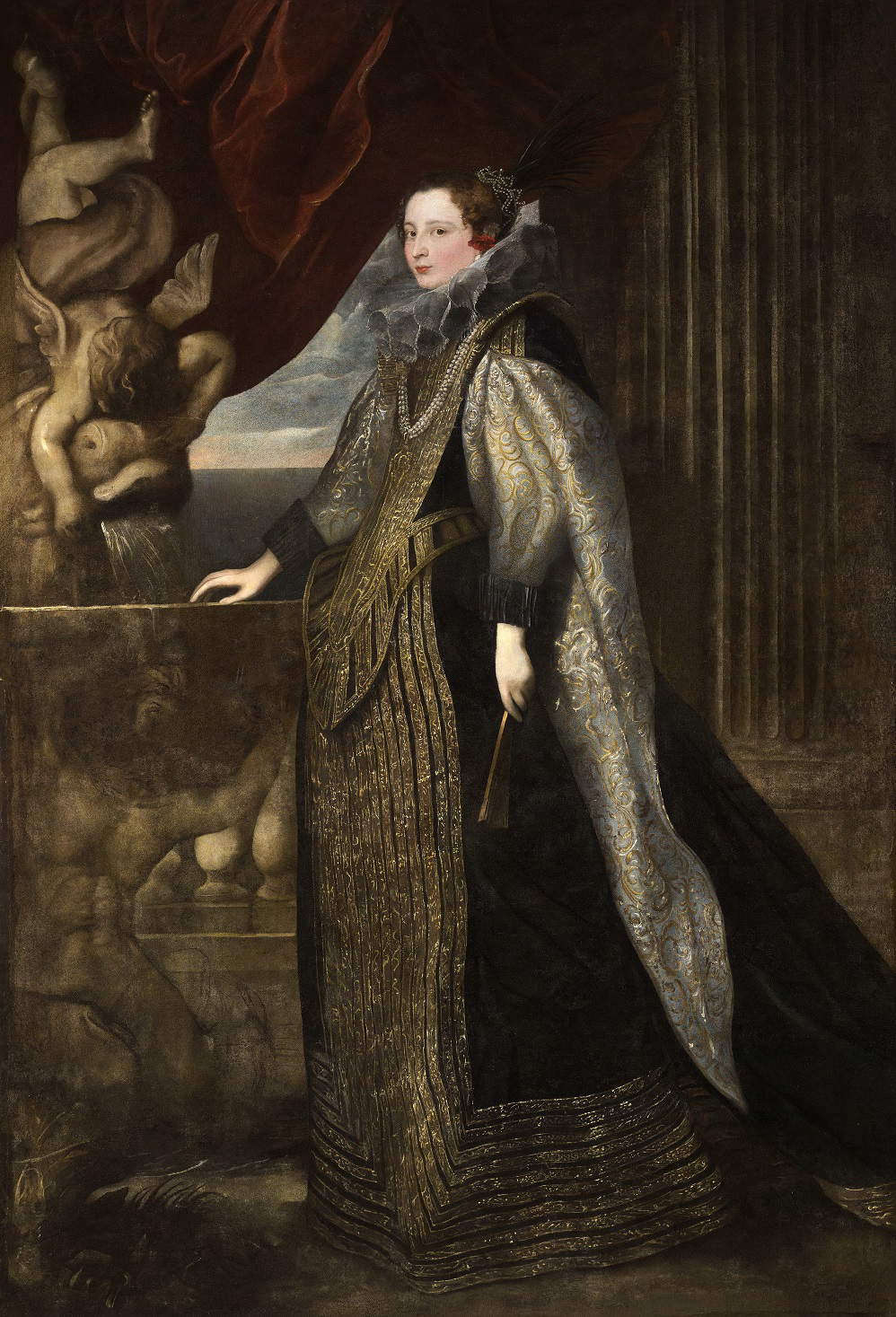
To what extent does the Royal Palace participate in the Financial Rebalancing Fund among state institutes and places of culture?
Like all, with 20 percent of revenues. In 2022, €71,720.87 was paid into the Culture Fund.
One of the main changes introduced for autonomous museums is their governance. Does the director-committee-scientific committee organization work at the management level, not in theory, but really in practice? How often do you convene the scientific committee? In an interview, then-Dg Antonio Lampis observed that the members of these bodies often instead of “supporting the director often ’paralyze’ his activity out of personalism.” If you agree with this observation, what could be the alternative?
The Scientific Committee is convened once or twice a year, more often, usually no less than four, the Board of Directors. My experience is positive, everyone offers their professional input for the museum. Perhaps the relationship could be made smoother with even more frequent meetings, but this is not achieved because of work overload.
Let’s turn to scientific autonomy: can you tell us about research activities and your enhancement plan? Is it connoted by a distinctive feature?
The two museums that make up the Palazzo Reale Institute in Genoa, Palazzo Reale and Palazzo Spinola--because of the constant misunderstandings on the subject, we have asked for a change of name to “National Museums of Genoa” and we are already using a communication system with this new diction [nda: accepted with the new Dpcm, the interview is earlier]--have done a great deal of work in recent years to connect with each other. The research activities are inherent to the collections, with completion of cataloging, which is underway, digitization of images and made available to the public through the platform available on the website, creation of an HBIM model of the Royal Palace building that is a kind of “digital twin” for collecting all the information, from the historical-artistic to the architectural, to the facilities of all kinds that run through it. The latter will be the basis for managing a complex building in which, in addition to the museum part, there are six different MIC offices, all those in the region. Research outside of the collections is what we do for our exhibitions, which obviously have to relate to our own heritage and the heritage of the area in which we are located. In a broader sense, part of the research activity is also that related to acquisitions, which the Ministry has been strongly supporting for some years and which flow into the National Gallery of Liguria, inside Palazzo Spinola. The enhancement plan for the two museums also includes major work on the structures, the restoration of the Gallery of Mirrors in the Royal Palace that will be finished in the fall, the 2022 refurbishment of the National Gallery of Liguria, and others that are about to start for the Royal Palace, with the restorations of the courtyard of honor and the Durazzo apartment and major work on fire safety. Our enhancement plan is closely linked to the importance and architectural and decorative quality of our buildings, which are not only museums but large residences with a stratification of decorations and furnishings that in the case of Palazzo Spinola start from the late 16th century.
Have you planned any citizen loyalty initiatives? If so, which ones? How does the museum fit into the dynamics also of economic, as well as cultural, development of the community and the area of reference?
Since the end of 2022, we have launched membership with specific cards for adults, children, youth and families. For members we reserve dedicated tours and workshops, and discounts on publications. We are just at the beginning but hope to increase over time. We are then part of the network of Genoese museums with the City’s cards, especially the tourist cards, which work very well. We are working on increasing educational projects on which we are seeking sponsorship.
Chapter protection: to whom does it belong? To the museum or to the Superintendency? In Sicily, where the corporatist model applied to cultural institutions was introduced earlier than in the state, back in 2000, it is expected that the Superintendent will chair the Committee. Do you consider this an alternative “formula” or do you think it could fuel conflicts between Superintendent and Director?
As is well known, the legislation leaves autonomous museums with only the protection over movable works, but not the protection over buildings, which is the responsibility of the Superintendencies. Despite the good relationship with colleagues, I believe that the time would be ripe to totally untie museums from the Superintendencies by also assigning to them the protection of buildings and archaeological areas on consignment. The careers and training of officials are currently unique; I myself come from 30 years of superintendency experience, and this anomaly is a source when not of conflict, certainly of lengthening decision-making time. The issue I think is particularly felt by those who manage historic residences.
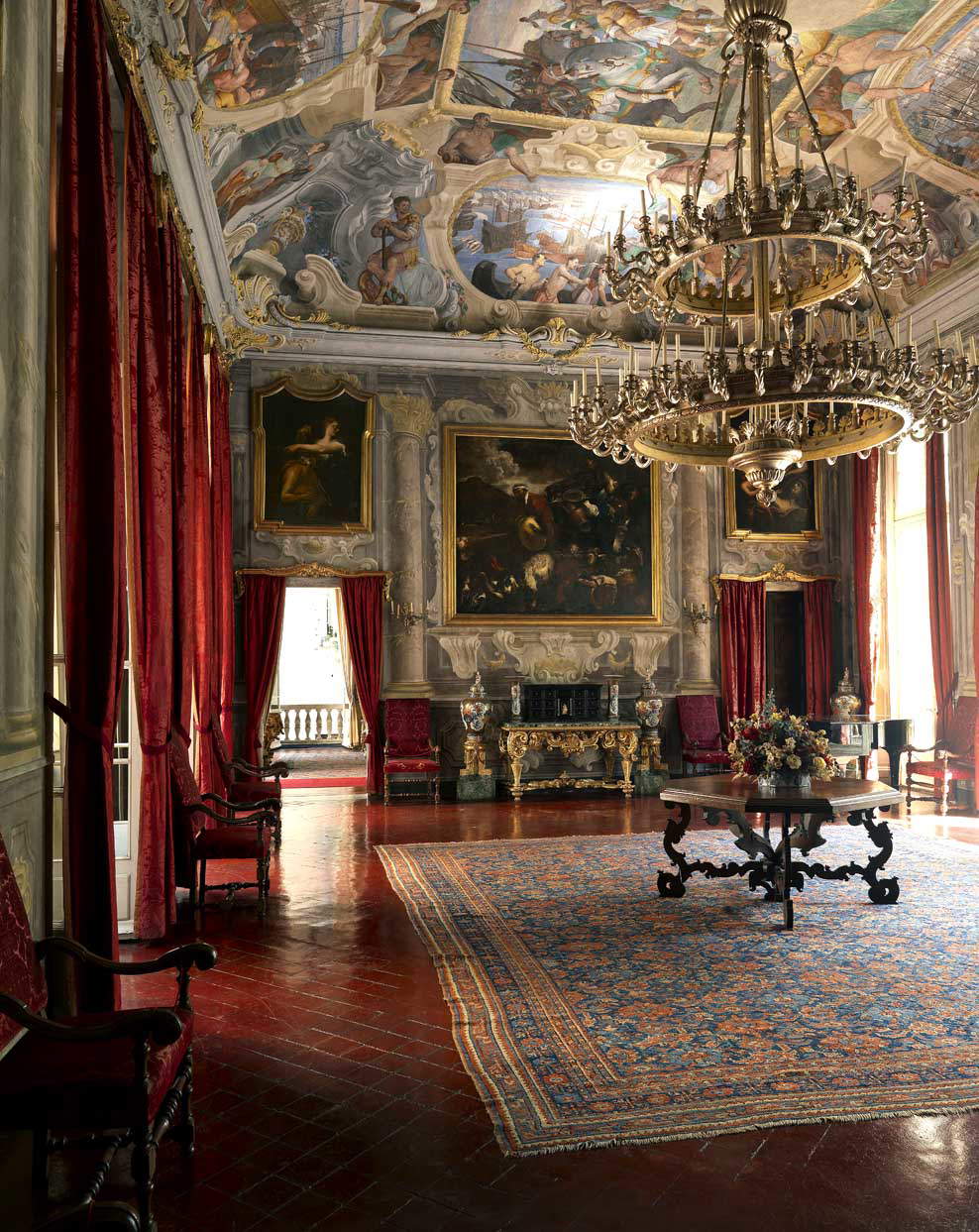
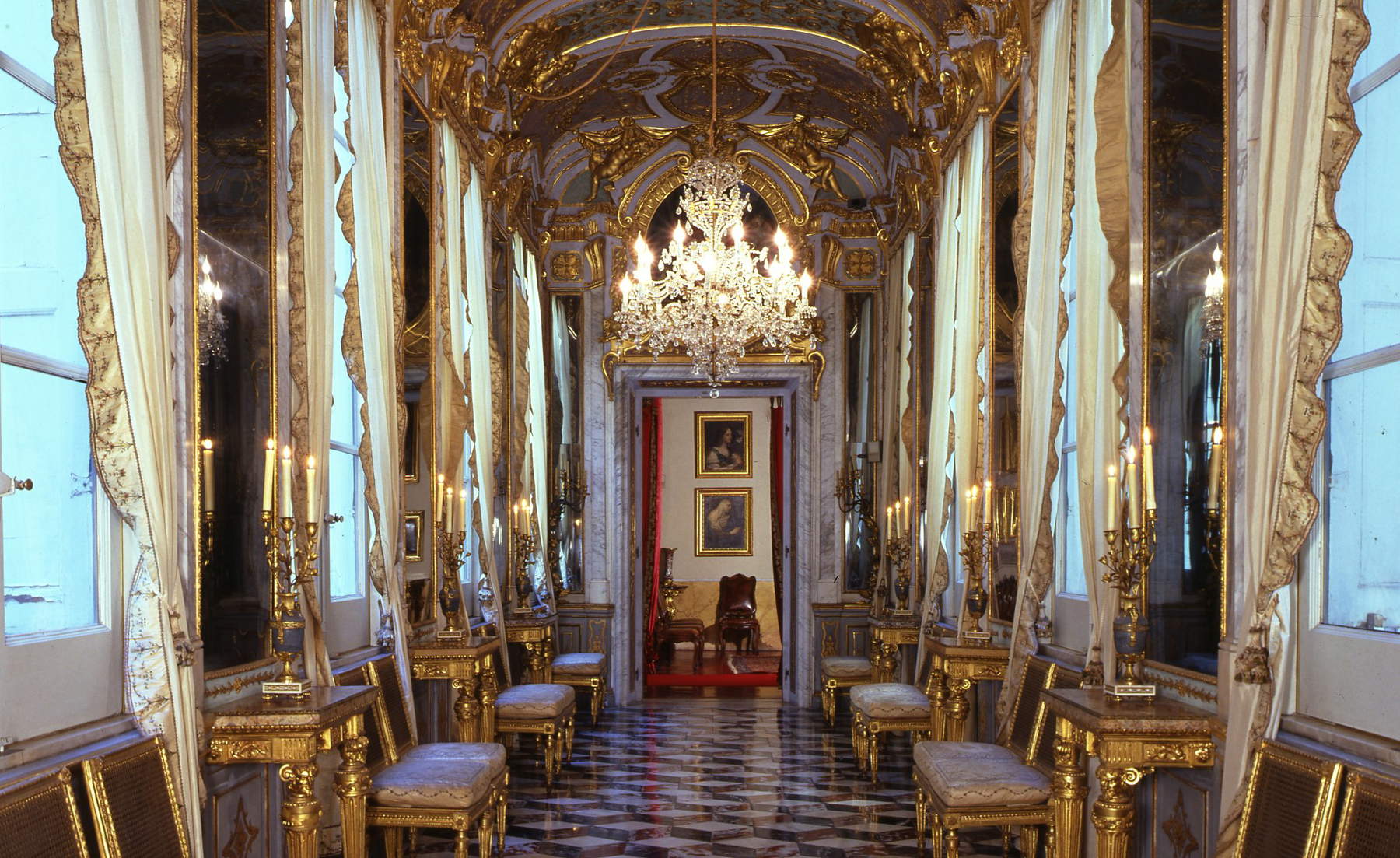
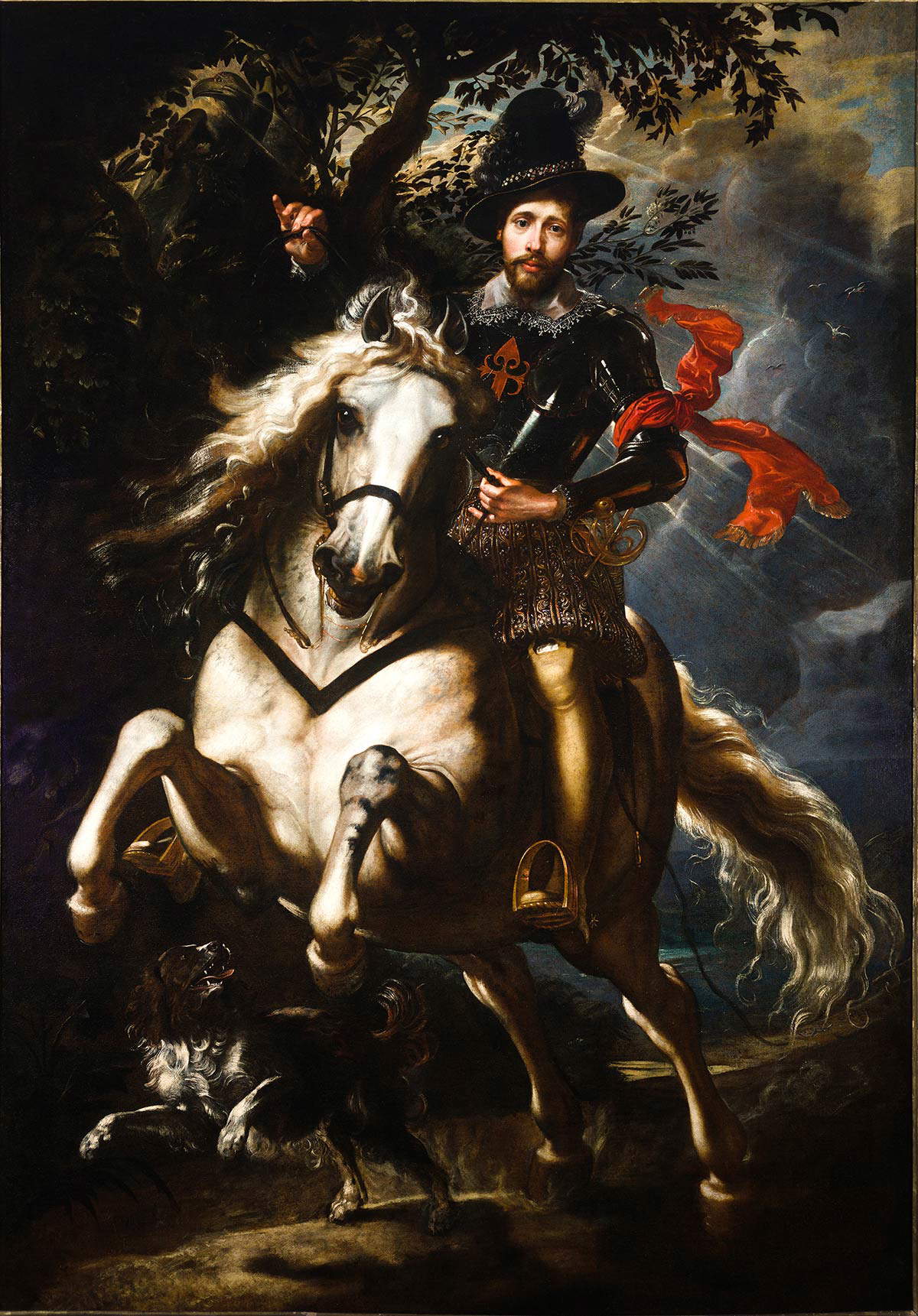
Highly topical theme, free museums. Gabriele Finaldi, who directed it until last August, said “free admission is in the DNA of the National Gallery” (of London). Genetics teaches that DNA can mutate, Do you think this is a model that can be imported to Italy, with the necessary adaptations? Is it conceivable to totally forgo the resources produced by entrance fees?
It would be conceivable only if public funding was as important as in the UK, and accompanied by additional tax breaks for private individuals who wanted to contribute.
Are there moments of exchange, such as technical tables convened with some regularity, among you autonomous directors to compare different experiences? Replicate successful ones or solve common problems? Or has a competitive spirit prevailed? Doesn’t the most immediate (but also the most trivial) comparison of visitor numbers create some performance anxiety?
There are moments of exchange with the Governing Board, and I would be of the opinion that it would be great to make them periodic, and between us we talk with some frequency, I don’t seem to have perceived competition. The issue of numbers, especially with the frequency with which it is presented, actually gives some performance anxiety, also because it compares museums in different tourist areas, and with quite different spaces, sometimes I think numbers should be proportionate to square meters! And then I agree with those who say that it doesn’t matter how many people enter a museum, but how many come out enriched.
In summary what is your balance sheet of the autonomist experience? If you had to quantify it in a grade from 0 to 10?
I would say 8. Since I also have the management observatory of the Liguria Regional Museums Directorate, which works with pre-autonomy rules, I experience the extraordinarily greater effectiveness of autonomous budget management every day. If you could have full staffing, and with all the right figures, it would be 9. I would be in favor of extending autonomy to the regional museum directorates as well, for example by imagining networked structures with the new autonomous museums. My experience in Liguria tells me that the relationship between the larger museum and the medium and small ones benefits both.
When does your contract end? What plans do you have? Will you participate in the new competitions?
I am at the beginning of my second term, which is scheduled to end in June 2026. After that, I hope to return to having time for study, what I don’t have now.
Warning: the translation into English of the original Italian article was created using automatic tools. We undertake to review all articles, but we do not guarantee the total absence of inaccuracies in the translation due to the program. You can find the original by clicking on the ITA button. If you find any mistake,please contact us.